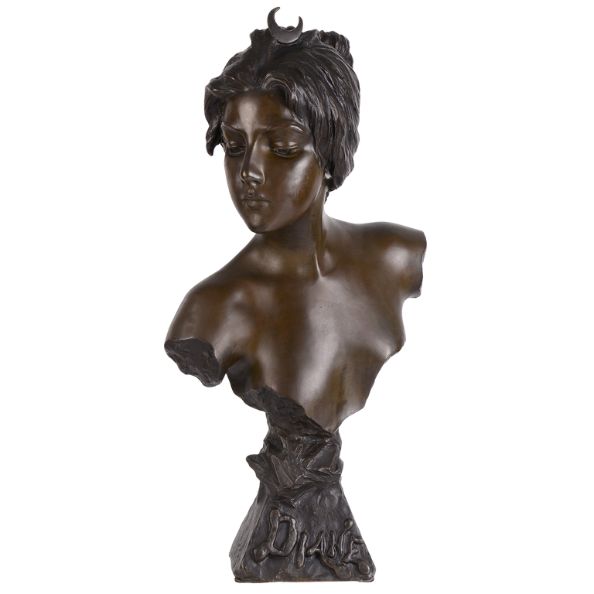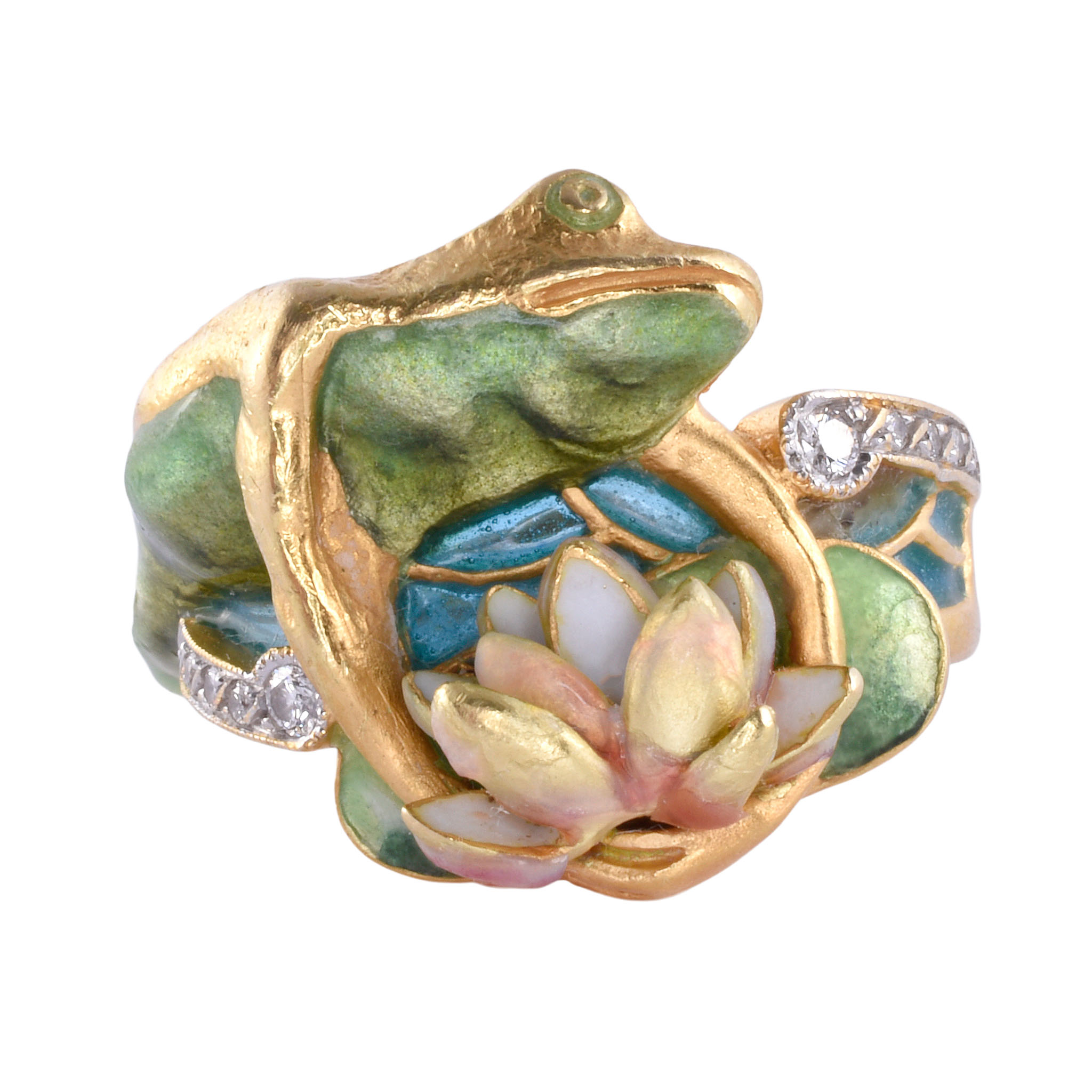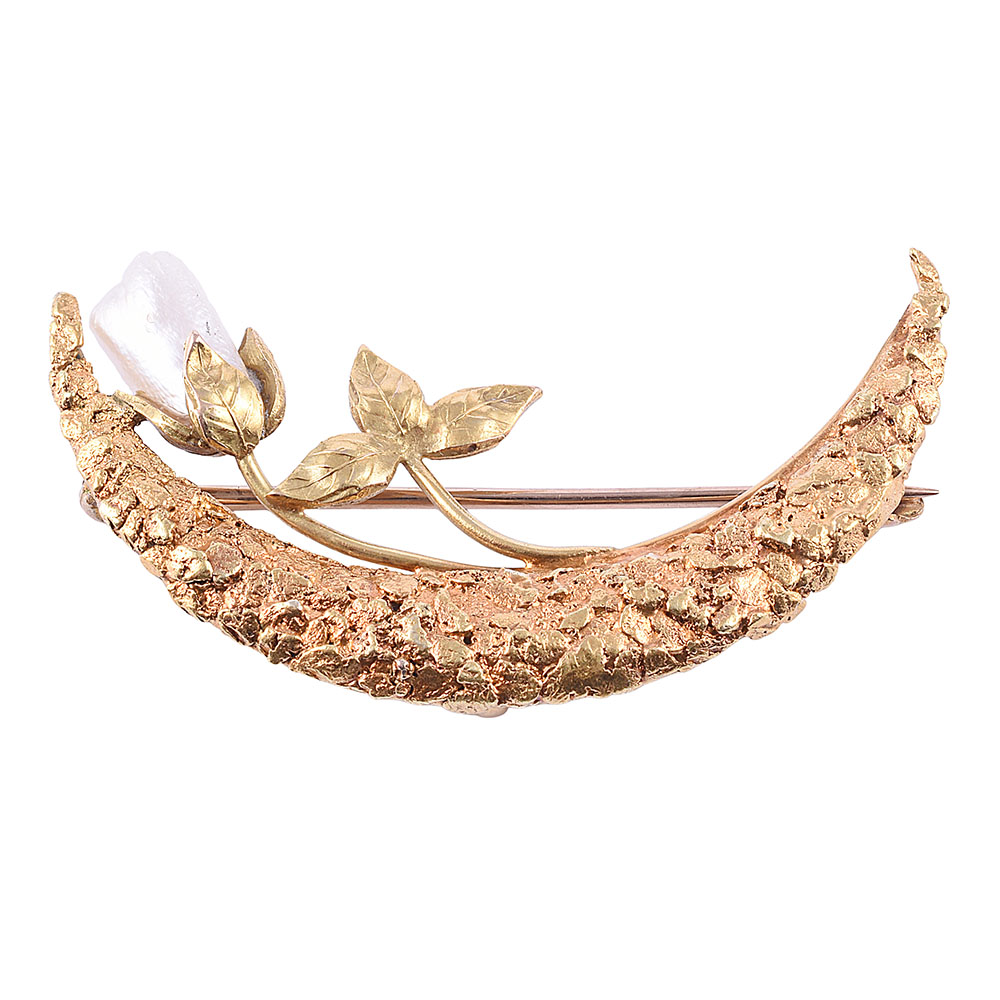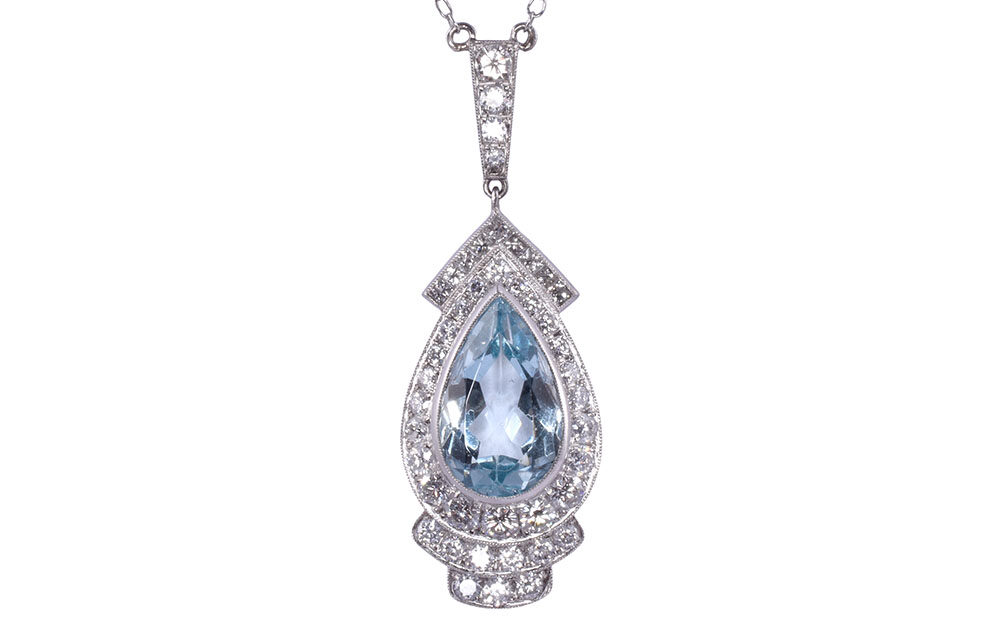Top 5 Tips for Buying Antique Sculptures


Thinking of buying an antique sculpture? Before you jump in, there are a few things to consider. Here are the top five tips for purchasing an antique sculpture.
Understand the Different Types of Sculptures and Statues
An artist makes a sculpture by taking an unformed piece of material, such as marble or clay, and removing material to sculpt it. Through this process, they form a representation of a person, an object, or an abstract shape. Sometimes, an artist may add more clay or a different type of stone, but sculpting is usually a “subtractive” process.
Artists also make sculptures using casting techniques. The sculptor will create a piece in wax, then encase the wax in clay or plaster that can endure extreme heat to create a mold. They then pour molten metal (like bronze or iron) or glass into the mold.
The wax melts or is “lost” and drained away, leaving the mold filled with the molten material. When the metal or glass cools, the artist breaks the mold and finishes the casting (filing, polishing, etc.)
Both sculpting and casting make statues, and both techniques have existed for many centuries. Casting is repeatable: the result can form the basis for a new mold, and artists can use the mold to make multiple copies of the original.
Identifying Whether the Work Is Original or a Copy
Try to determine whether a work you’re considering buying is genuine, a reproduction, or a copy. Look for artist signatures or identifying marks, weathering or patina, and age-appropriate materials. Authentic antique sculptures show signs of age, and the material and workmanship should match the style of the time period corresponding to a piece’s alleged age. Antiques are 100 years old or older. Copies will look newer, have different materials, and lack identifying features.
Repair or Restoration
It is common for antique sculptures to have undergone repair or restoration work. Minor repairs or minimal restoration are typically acceptable, but significant or heavy restoration can negatively impact value. Carefully inspect the sculpture for any visible seams, mismatched colors or materials, or other indications of repair work.
Know Your Budget Limitations
Antique sculptures can range significantly in price based on the artist, material, age, size, and condition. Determine your maximum budget for an antique sculpture and stick to it. Prices for smaller marble or bronze sculptures may start around $5,000, while larger, rare pieces by well-known artists can sell for over $100,000.
Seek Expert Advice
To find a genuine antique sculpture at a fair price, look up recent sales or auction prices for similar items made by the same artist. You can also consult an expert to look at the piece and tell you whether they think it’s a good example of its time period.
When shopping for antique sculptures, make sure you’re dealing with a shop or individual with a proven record of legitimate antique art for sale. A legitimate dealer should be able to give you information about the maker and time period of a piece and show you comparable pieces for sale.
These five tips for buying antique sculptures should help you avoid disappointment and surprise. Keep in mind that you should love whatever you buy, because you may be living with it for a long time!



